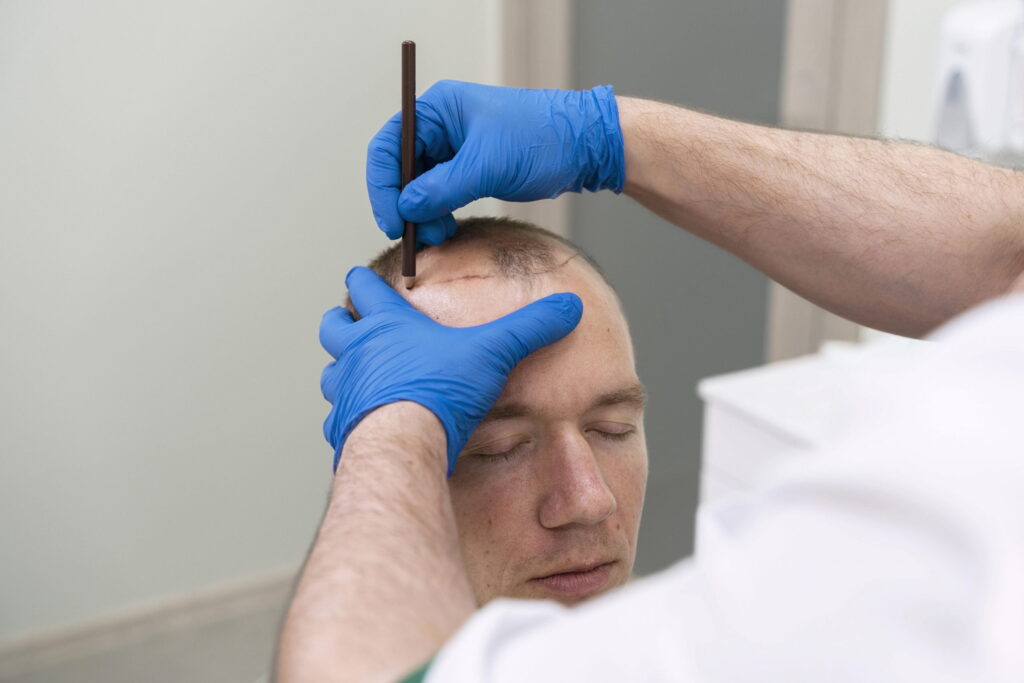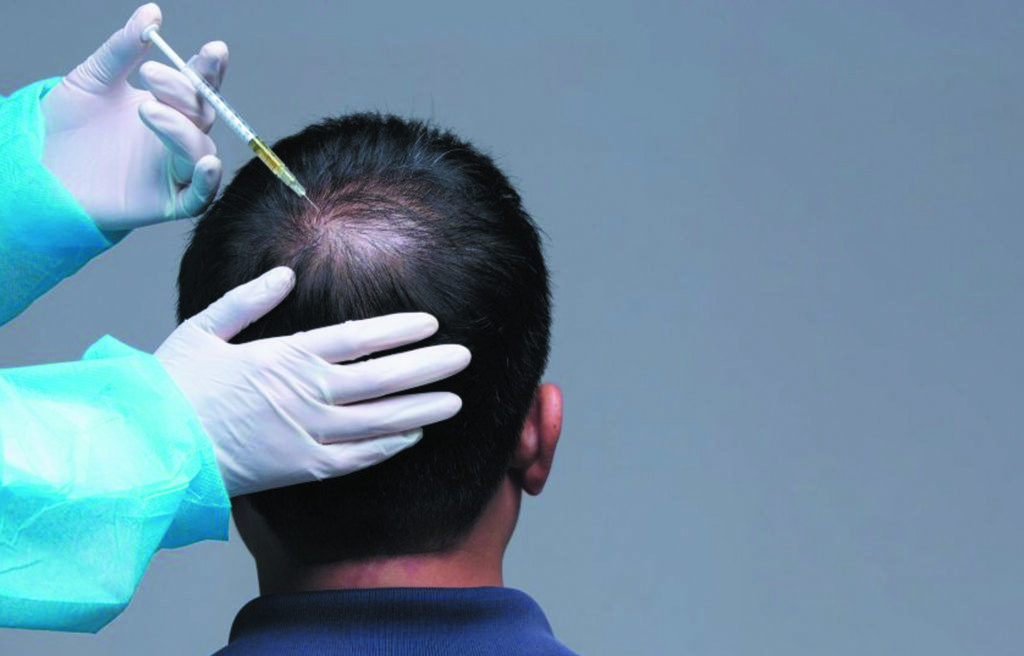
If you are torn between FUE and DHI and the most decisive factor for you is the level of pain, you are in the right place. Many people dealing with hair loss begin to thoroughly evaluate hair transplantation procedures while seeking natural and permanent solutions. However, alongside the question “which technique is better?” another frequently asked question is: Which hair transplantation method causes less pain? FUE or DHI?
The answer to this question depends not only on technical differences but also on the patient’s pain threshold, procedure duration, and recovery expectations. In this article, we will thoroughly discuss which technique to choose in terms of comfort and pain when considering FUE and DHI hair transplantation techniques.
İçindekiler
What Are FUE and DHI?
The FUE (Follicular Unit Extraction) method is based on the principle of individually extracting hair follicles and transplanting them into the balding area. This technique is a popular method that has been safely used for many years, leaving no scars and providing natural results.
DHI (Direct Hair Implantation) operates on a principle similar to FUE, but with an additional difference: Hair follicles are directly implanted into the balding area using a special pen. This allows both the creation of channels and the implantation process to be performed simultaneously.
What Factors Affect Pain in Hair Transplantation?
The level of pain in a hair transplant operation is not determined solely by the techniques used. Furthermore, the stage at which pain is felt is not limited to the operation itself. The following factors also influence pain in hair transplantation:
- Anesthesia administration method
- Duration of the procedure
- The method and duration of channel creation
- The density of the transplant
- The doctor’s experience and skill
- The patient’s personal pain threshold
Taking these variables into account will make it possible to compare FUE and DHI more clearly in terms of pain.
Understanding the Difference Between FUE and DHI Through Pain
1. Local Anesthesia Process: Is FUE More Comfortable, or DHI
Both techniques are performed under local anesthesia. The needles used for anesthesia are typically injected into various areas of the scalp. This part can be described as the most painful part of the operation.
- FUE: Local anesthesia is administered to the entire area before the follicles are extracted from the donor area. Since the channel creation process is performed separately, anesthesia may be administered twice.
- DHI: Since channel creation and implantation are performed simultaneously, some patients report experiencing a shorter anesthesia process.
While there is no significant difference in pain between the two techniques, some patients also mention that the anesthesia process is slightly shorter in DHI.
2. Operation Duration and Fatigue
As the procedure time increases, patient comfort and pain perception may be directly affected.
FUE: Since the channel creation and hair follicle implantation processes are performed separately, it generally takes longer. A procedure duration of 6–8 hours is normal.
DHI: It can progress more quickly, especially when applied to a limited area. However, when performed on dense and extensive areas, the operation duration may be similar to or even longer than FUE.
Depending on the duration, some patients may experience numbness or discomfort in the back and neck area during FUE, especially in the final hours.
3. Difference in Pain During the Channel Opening and Placement Stage
In the FUE method, micro-channels are created in the bald area before the hair follicles are implanted. This procedure is performed using special tools and is carried out under the effect of the previously administered anesthesia.
In the DHI method, these two procedures are combined; channel creation and follicle placement are performed simultaneously using the Choi pen. This results in less contact with the scalp. Since DHI involves less intervention on the skin, some experts state that this method triggers less post-operative pain.
4. Post-Operative Pain and Recovery Process
In both methods, mild soreness, swelling, and tightness may occur in the first 1–3 days after the procedure. However, these symptoms usually subside by the end of this period. Therefore, the sensation of pain is minimal.
FUE: Since the channel creation process is applied to larger areas, there may be slightly more tightness and pressure in the first few days.
DHI: Since there is less contact with the skin, some patients have reported feeling more comfortable the next day.
DHI may be slightly more comfortable during the recovery process. However, this difference may vary from patient to patient.
5. Psychological Impact and Perceived Pain
Pain is not only a physiological effect but also a psychological one. Doctor-patient communication during the procedure, the sense of trust instilled during the process, and the controllability of the procedure duration also influence perceived pain.
Since DHI is perceived as more “technological” and “less invasive,” it may create a placebo effect in some patients, causing them to feel less pain. However, the FUE method is also a well-established and safe technique; the doctor’s experience is crucial in this regard.
Is DHI More Painful Than FUE?

In conclusion:
The DHI method may be more comfortable and slightly less painful because it causes less skin trauma and combines the channel creation and implantation processes. However, FUE can be equally comfortable when working on larger areas, as it is faster, more cost-effective, and local anesthesia is effectively applied. An experienced doctor will make FUE much more comfortable.
Therefore, which method is less painful depends on your personal preferences, the scope of the procedure, and most importantly, your choice of specialist. However, the pain felt during this period is often manageable and subsides quickly. Let this discomfort not deter you from hair transplantation and regain your beautiful, healthy, and strong hair.
Hairtrans.com was founded by world-famous plastic surgeon Dr. MFO, who is an expert in facial feminization or facial masculinization surgeries, and is managed under his leadership. Would you like to have a hair transplant under the coordination of a plastic surgeon with many years of experience?
Whether you are a trans woman or a natural born male or female, if you are looking for the best hair transplant, contact us now.


